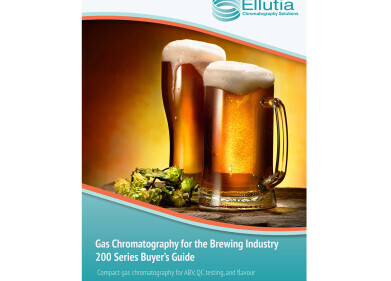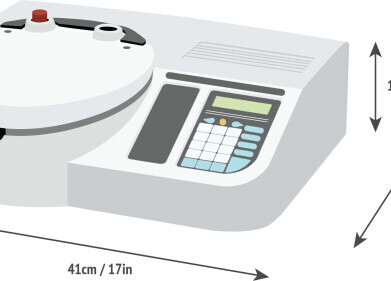Chromatography
What is a Cryogenic Generator?
Jul 04 2022
Laboratories around the world rely on high-quality liquid nitrogen for a multitude of applications. From preserving tissue samples to heightening the efficiency of scientific detectors, the cryogen is a fast and easy way to generate ultra-low temperatures.
Cryogenic generators deliver a reliable and constant flow of high purity nitrogen to laboratories. The devices generate liquid nitrogen either via cryogenic distillation of liquified air or using the Pressure Swing Adsorption (PSA) gas separation process on pure nitrogen.
The benefits of onsite cryogenic generators
Like other laboratory generators, cryogenic systems offer worthwhile benefits to laboratories. These include:
- A constant and reliable source of liquid nitrogen
- Guaranteed purity levels improve the reliability of results
- Eliminates the need for onsite storage in pressurised vessels
- Reduces administration duties associated with ordering liquid nitrogen and monitoring supply
- High quality liquid nitrogen improves performance and extends the longevity of sensitive laboratory equipment, including Liquid Chromatography Mass Spectrometry (LC-MS) and Gas Chromatography (GC) instruments
- Improves safety as liquid nitrogen is generated on demand, instead of stored onsite
Choosing the right cryogenic generator
Cryogenic generators come in a variety of sizes, some designed for small labs and other suitable for larger facilities. The smallest liquid nitrogen generators generally produce anywhere from 10 to 850 litres of LN2 per day. Medium sized cryogenic generators can produce up to 3.5 litres per hour while large scale cryogenic generators are capable of producing up to 3000 litres per day.
Meeting global demand for liquid nitrogen
Biomedicine is one of many industries that rely heavily on liquid nitrogen. Cryogenic generators supply scientists with the liquid nitrogen needed for cryopreservation, which is described as the “storage of biological material at low temperatures” in an article published in the journal BMC Biology. Applications include drug discovery, organ transplantation and the storage of therapeutic cells.
Liquid nitrogen isn’t just used in scientific laboratories, with many other industries relying on the cryogen. In Malaysia, durian exporters have warned a liquid nitrogen ‘crisis’ is on the horizon which could affect the country’s profitable fruit market. The cryogen is used to flash freeze the tropical fruit, which has an infamously potent aroma. An increase in output from local farms has seen demand for liquid nitrogen soar and put pressure on the supply market.
“Many durian processing plants have increased their demand for liquid nitrogen. However, there are only three companies producing liquid nitrogen in Malaysia, and it is in short supply,” says Simon Chin, founder of durian export company, Duricious Sdn Bhd. “If the problem cannot be resolved this year, it may become a crisis for durian exports.”
Industrial-sized cryogenic generators could be used to address the liquid nitrogen shortage and supply exporters with a constant stream of high-quality, food grade LN2.
Some labs require a steady stream of liquid nitrogen while others use gaseous nitrogen. Find out more about the different types of systems available in ‘Laboratory Generators - Everything You Need to Know’.
Digital Edition
Lab Asia Dec 2025
December 2025
Chromatography Articles- Cutting-edge sample preparation tools help laboratories to stay ahead of the curveMass Spectrometry & Spectroscopy Articles- Unlocking the complexity of metabolomics: Pushi...
View all digital editions
Events
Jan 21 2026 Tokyo, Japan
Jan 28 2026 Tokyo, Japan
Jan 29 2026 New Delhi, India
Feb 07 2026 Boston, MA, USA
Asia Pharma Expo/Asia Lab Expo
Feb 12 2026 Dhaka, Bangladesh



















